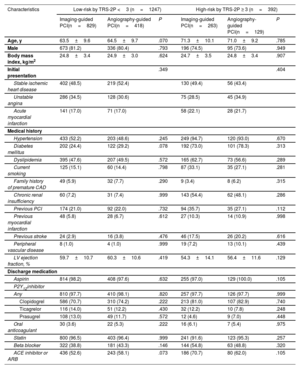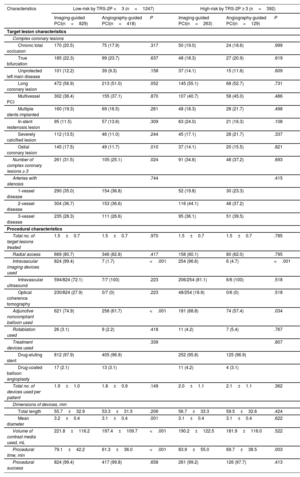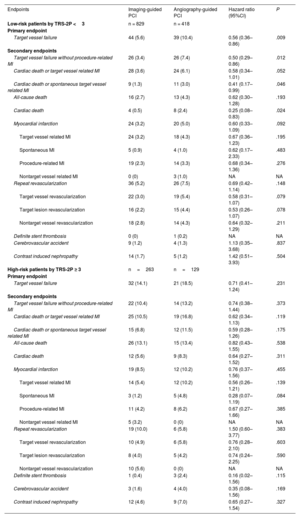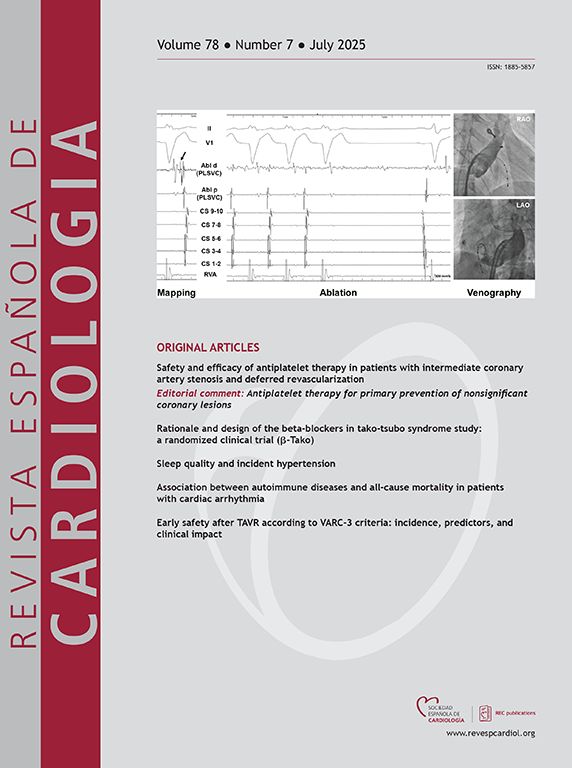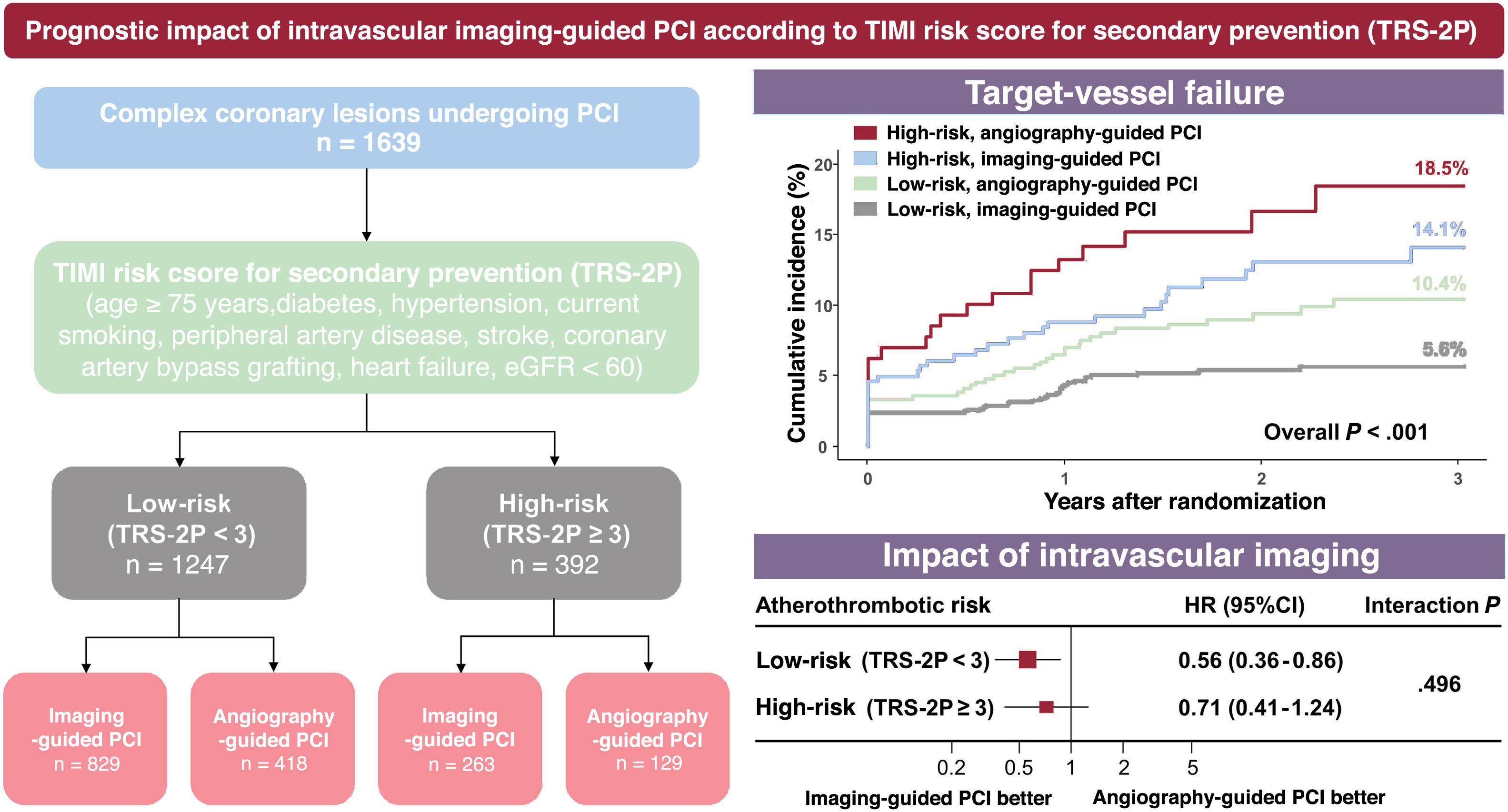
Recent randomized controlled trials support the use of intravascular imaging-guided percutaneous coronary intervention (PCI) to improve patient prognosis. However, the subsequent risk of clinical events in patients with coronary artery disease is not determined solely by lesion characteristics or how these lesions are treated. The current study investigated whether the effects of intravascular imaging in complex PCI vary according to atherothrombotic risks.
MethodsThis study was a post hoc analysis of the RENOVATE-COMPLEX-PCI trial, which compared intravascular imaging-guided PCI with angiography-guided PCI in patients with complex coronary artery lesions. The study population was stratified by atherothrombotic risk, assessed using the Thrombolysis in Myocardial Infarction risk score for secondary prevention (TRS-2P). TRS-2P is calculated based on the presence of the following factors: age ≥ 75 years, diabetes mellitus, hypertension, smoking, peripheral arterial disease, stroke, coronary artery bypass grafting, heart failure, and renal dysfunction. Patients were categorized into low-risk (TRS-2P <3) or high-risk (TRS-2P ≥ 3) groups. The primary endpoint was target vessel failure, a composite of cardiac death, target vessel-related myocardial infarction, or clinically driven target vessel revascularization.
ResultsAmong the total study population, 1247 patients were categorized as low-risk, and 392 as high-risk. The risk of target vessel failure was significantly higher in the high-risk group than in the low-risk group (15.5% vs 7.2%; HR, 2.13; 95%CI, 1.51-3.00; P <.001). The benefits of intravascular imaging-guided PCI over angiography-guided PCI did not differ between the low-risk group (5.6% vs 10.4%; HR, 0.56; 95%CI, 0.36-0.86) and the high-risk group (14.1% vs 18.5%; HR, 0.71; 95%CI, 0.41-1.24), with no significant interaction (interaction P=.496).
ConclusionsIn this hypothesis-generating post hoc analysis of the RENOVATE-COMPLEX-PCI trial, patients with high atherothrombotic risk had significantly worse clinical outcomes than those with low atherothrombotic risk. Nevertheless, the prognostic impact of intravascular imaging-guided PCI compared with angiography-guided PCI was similarly observed in both low- and high-risk groups. RENOVATE-COMPLEX-PCI clinical trial register number: NCT03381872.
Keywords
Identify yourself
Not yet a subscriber to the journal?
Purchase access to the article
By purchasing the article, the PDF of the same can be downloaded
Price: 19,34 €
Phone for incidents
Monday to Friday from 9am to 6pm (GMT+1) except for the months of July and August, which will be from 9am to 3pm






